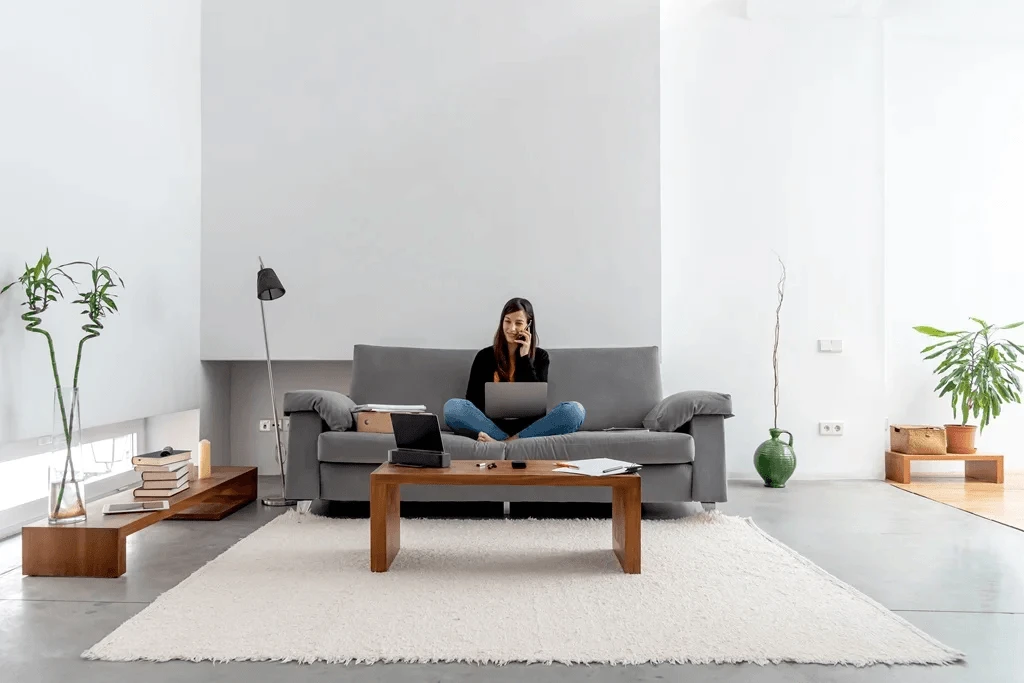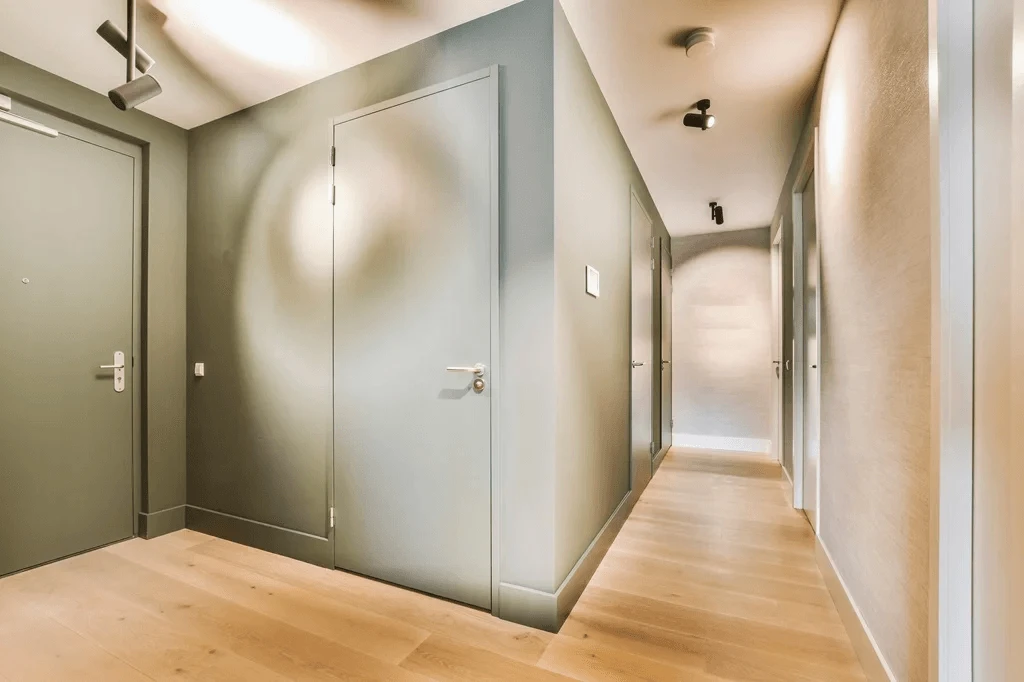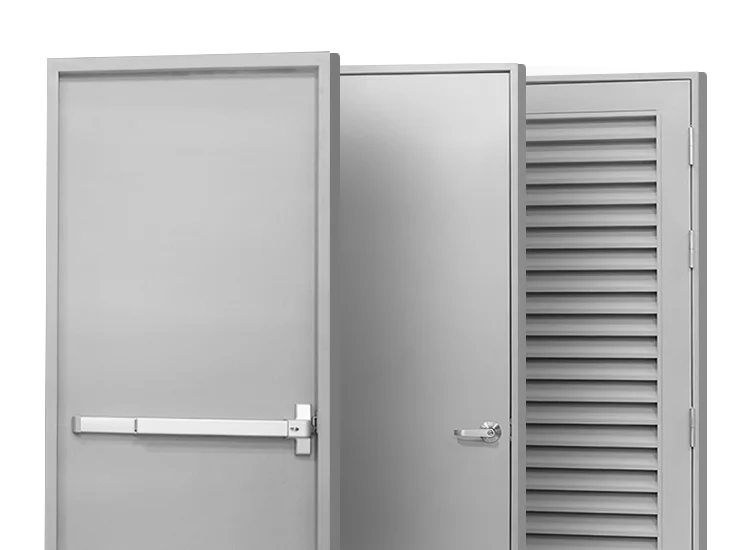Nowadays, many homeowners are turning to minimalist architecture because of the beauty and simplicity it brings to every home. They also find this design style attractive because of its ability to create serene and functional living spaces while still offering a timeless appeal. And if you are one of those homeowners who want a simple yet elegant house, this architectural style is one of the best design choices you can make.
Want to learn more about this design style? Read on, because in this blog post, we will explore the core principles of minimalist architecture, its benefits, and why incorporating elements like steel doors has the capacity to enhance your minimalist home.
What is Minimalist Architecture?
Minimalist architecture is a design concept that emphasizes functionality and simplicity. It focuses on the idea that less is more, and uses minimal components to create spaces that are functional, clutter-free, and aesthetically pleasing. This approach to architecture values open-floor plans, lots of natural light, and a neutral color scheme, all aimed to enhance living spaces and create a sense of calmness by removing unnecessary details and decorations.
Although minimalist architecture is often regarded as a classic, it remains highly popular across commercial and residential buildings.
Minimalist Architecture vs. Contemporary Architecture
Minimalist and contemporary architecture are two different styles that frequently get mixed up because of their current appearance. But each has unique features and values that make them distinct from one another.
To help you understand their distinctions and appreciate each style’s unique beauty and function, here’s a detailed comparison of contemporary and minimalist architecture.
| Attributes | Minimalist Architecture | Contemporary Architecture |
|---|---|---|
| Aesthetic | Emphasizes simplicity and order with clean, uncluttered spacesOften uses a monochromatic palette of whites, grays, and blacks, and featuring clear, straight lines | Embraces diverse styles and vibrant colorsOften showcases dynamic and asymmetrical shapes for added visual interest |
| Functionality | Prioritizes essential functions, ensuring that each element serves a specific purpose while utilizing space efficiently through open and uncluttered designs | Focuses on multifunctionality, creating flexible spaces that serve multiple purposes. |
| Materials | Frequently uses concrete, glass, and steel to create clean surfaces, with natural elements such as wood and stone presented in their most basic form | Uses a diverse range of materials, from classic and modern options such as metal, glass, and concrete, as well as sustainable resources like bamboo and recycled products |
| Design | Embodies “less is more,” removing unnecessary elements to emphasize simplicity and order, creating a calm environment | Innovative and experimental, leveraging new technologies and materials while prioritizing sustainability and modern needs |
Advantages of Minimalist Architecture
Minimalist architecture is an enticing choice for modern living and working settings because it seamlessly combines beauty and functionality. But in addition to these beneficial outcomes, this design strategy also offers other advantages, such as the following:
Reduced Clutter
Since minimalist architecture focuses on eliminating unnecessary decorations and features, your place can become easier to maintain and arrange, promoting a sense of peace and order.
Cost Efficiency
Fewer materials and simpler designs often result in lower construction and maintenance costs. This cost efficiency makes this design style an attractive option especially if you are planning a residential or commercial project.
Sustainability
Aside from simplicity, this architectural style also emphasizes eco-friendly materials and energy-efficient design, which not only lessens the impact on the environment but also fosters a healthier living space.
Flexibility and Adaptability
Minimalist architecture additionally offers flexibility in design and usage, making it simple to reconfigure living areas for various purposes. This open and versatile nature of minimalist spaces allows homeowners to easily adapt their homes to changing needs.
Emotional Well-being
Minimalist architecture can also improve emotional well-being due to its simplicity and orderliness. Homes with calm, uncluttered areas tend to be calmer and more peaceful, lowering stress and anxiety levels.
Timelessness
Minimalist design also transcends trends, providing a timeless quality that remains relevant and attractive over the years. This enduring appeal makes minimalist architecture a wise investment for long-term projects.

Elements of Minimalist Architecture
As was previously mentioned, the main goal of minimalist architecture is to design areas that are not only aesthetically beautiful but also useful and in balance with their surroundings. And achieving this goal involves a careful blend of several key components such as:
Open Floor Plans
Open floor layouts that emphasize space and mobility are considered a key aspect of minimalist design. These floor plans foster a sense of openness and connection between different parts of a home or structure, making areas feel more spacious and inviting.
Natural Light
Natural light plays a crucial role in minimalist architecture. Large windows, skylights, and open spaces are strategically utilized to maximize daylight. Apart from reducing reliance on artificial lighting, it also creates a dynamic interplay between interior and exterior environments.
Neutral Color Palette
A neutral color palette, featuring whites, grays, and earth tones, is fundamental to minimalist design style. These colors create a calm and soothing atmosphere, allowing the architecture and furnishings to take center stage without distraction from bold colors or patterns.
Functional Furniture
Furniture in minimalist architecture is chosen both for its simplicity and usefulness. In this design style, it is preferable to have multipurpose parts that fulfill multiple purposes to create a simplified, effective, and clutter-free living space.
Quality and Natural Materials
Another significant aspect of minimalist architecture is the use of natural, high-quality materials. Stone, wood, and steel are some of the most commonly used materials because of their timeless charm, texture, and the warmth they bring to interiors while retaining a natural appearance.
Why Choose Steel Doors for Your Minimalist Architecture Goals
Steel doors are becoming a more common feature in minimalist architecture due to their longevity and simple, minimalistic design. But aside from these, there are various reasons using steel doors for your design goals can be beneficial. Among the advantages are:
1. Steel doors offer a sleek, modern look that complements minimalist design.
Steel doors provide a clean, streamlined look that aligns perfectly with minimalist design principles. Their smooth surfaces and sharp lines enhance the overall visual appeal of contemporary spaces.
2. Steel doors are known for their strength and resilience.
Steel is renowned for its durability and strength, making it a reliable choice for security and longevity. This also ensures that the doors will withstand various environmental conditions while maintaining their simple yet attractive appearance.
3. Many steel doors are sustainable and eco-friendly.
Steel doors are made using sustainable processes and may be repurposed at the end of their life cycle. Meaning, choosing steel doors for any home or office contribute to environmentally friendly building practices.
4. Steel doors can be customized to suit different design needs.
Steel doors may be tailored to fit specific design requirements. With a variety of styles, colors, and finishes available, they can easily integrate into any minimalist aesthetic.
5. Steel doors can be designed to integrate natural light.
Steel doors may have large glass panels or windows that allow natural light to flow into spaces. This feature not only enhances the ambiance but also aligns with the minimalist focus on open, airy environments.

Achieve Minimalism with Our Stylish and Durable Steel Doors
If you’re aiming for a minimalist design and aesthetic appeal in your home, Janus Steel has the perfect solution for you. Similar to minimalist architecture, our steel doors blend elegance and practicality in a seamless manner. And beyond being aesthetically pleasing, our entryways also provide unmatched protection and durability that no other door can match.
What are you waiting for then? Visit our collection and discover the ideal steel door for your minimalist home!





